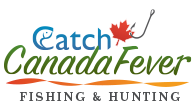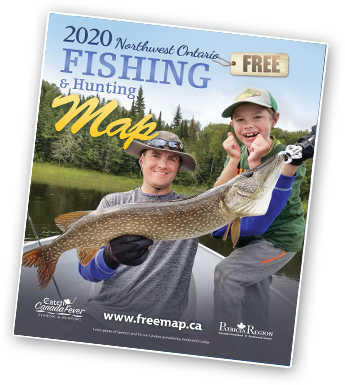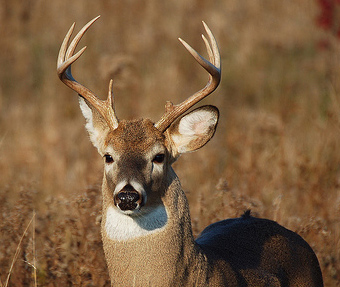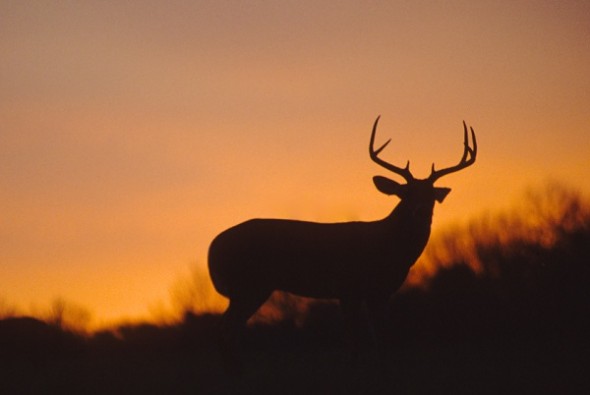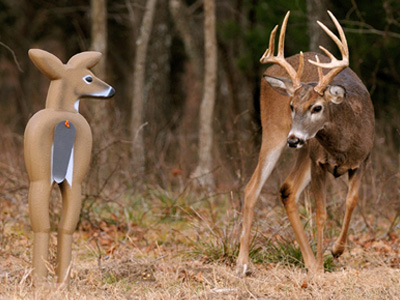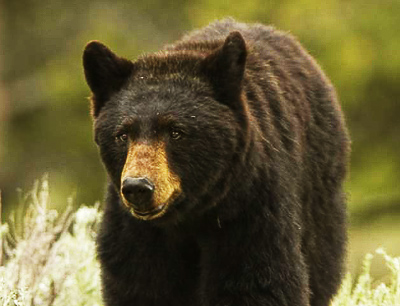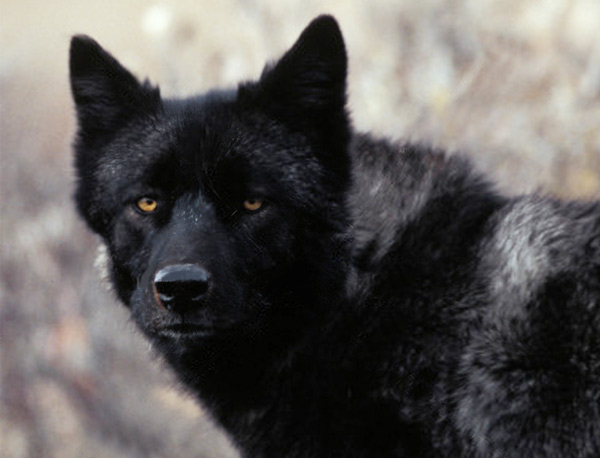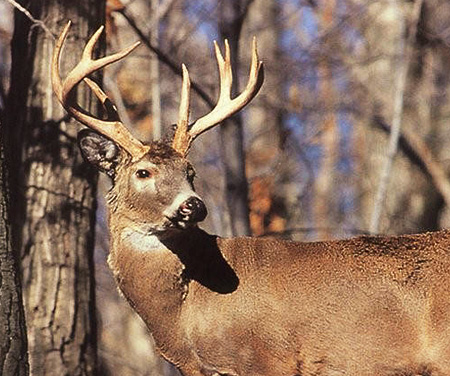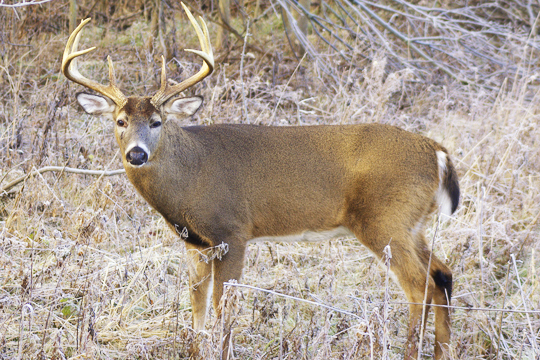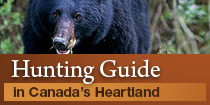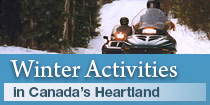Why are some bow hunters more successful that others? It seems that every club and archery pro shop has a core of bow hunters who regularly tag trophy bucks. They may not always get the wall hanger each year, but they pass up enough good bucks to make the average bow hunter drool with envy.
Indeed, these hunters seems to possess an array of special predatory skills that separate them from the rest of the crowd. Lately I have been asking professional guides, outfitters, booking agents and pro-shop proprietors what qualities their best hunters possess to make them so successful in the field. Here’s what I found out: Technology.
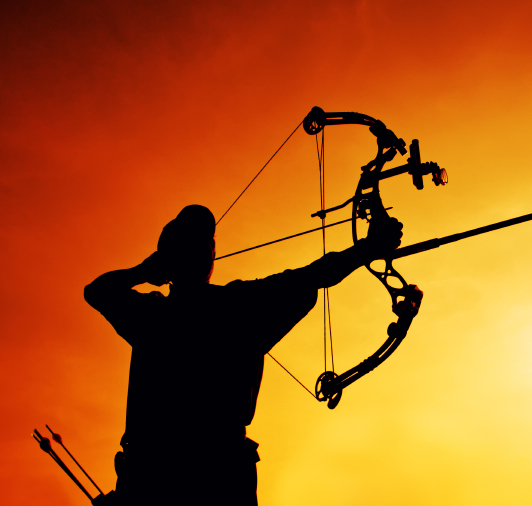 “The guys getting the big bucks from my pro shop shoot the latest high-tech bows, arrows and broad-heads, they even keep tabs on local deer herds with trail cameras and GPS systems. The bottom line is that they pride themselves for being on the cutting edge of technology.”
“The guys getting the big bucks from my pro shop shoot the latest high-tech bows, arrows and broad-heads, they even keep tabs on local deer herds with trail cameras and GPS systems. The bottom line is that they pride themselves for being on the cutting edge of technology.”
“For starters these tech hunters make sure they are properly fit to the bow. If they can’t sit down and shoot the bow accurately then they know they are over-bowed and probably have too long a draw. At one time bow hunters used 70-80 pound bows, but today the best hunters are only pulling 55 and 65 pounds. They are drawing 28 to 30 inches rather than 30 or 31.”
“They also pride themselves on complete pass through on deer. To do this they take advantage of: broad-heads manufactured with tighter tolerances; stiffer and smaller diameter composite arrow shafts; the use of stiffer 3-inch from Blazer and Van-tec that quickly stabilize the faster composite shafts; and finally, no stretch strings from Brownell and others.” “Finally, to receive full benefit from the technology, they want their bows paper tuned with broad-heads flying like darts out to 40 yards before they take them out of the shop.”
City Kids
You don’t have to live in the country to be a hunter. “The only free time some of these people have to be in the woods is on a Saturday or Sunday, which by comparison to kids who live in the country is hardly anytime at all. Kids who live in the city often have trouble finding places to practice.”
“These kids live and breathe bow hunting but unfortunately don’t own any property or live anywhere near a plot of ground that harbors bucks. Nevertheless, they have worked out a strategy that allows them access to prime hunting lands. They work for a farmer; cutting firewood, dragging logs and doing other chores in return for exclusive hunting rights on the farm. They plant food plots and tend the property on weekends and over the years they become intimately familiar with the deer trails, feeding locations and bedding areas. This allows them to erect killer tree-stands and over the years this has allowed them to take down some very nice buck.
Scout Year-Round
Taxidermists are a great place to meet successful deer hunters.”The best hunters are on the lookout year-round. They ride the back roads in the evening glassing meadows, pastures and crop fields looking for racked animals. If they hear a rumor about a decent buck being spotted, they go and check it out. They also secure hunting rights to land in early to mid summer. It’s never too early to ask for permission, and once secured they intensify their scouting routine by putting boots on the ground. For many of these folk, scouting is a year round endeavor.
Listen with their Ears, not their Mouths
“You can pick out the good bow hunters as soon as they arrive on camp. They don’t try and say how good they are and don’t bring up how many trophies they have on the wall – these guys are the wannabes and know-it-alls. Instead they ask about the rut, where the deer are feeding and bedding, and if there’s been any recent sightings of good deer. They ask my advice and I give it to them straight. If I think a tree stand will take a buck based on weather conditions, I tell them. I want them to kill a good buck. They listen intently and sometimes offer a solid suggestion based on their experiences. You only have to point a hunter in the right direction. You shouldn’t need to lead them.”
Patience
Even though Ontario hunters have access to over 100,000 acres of land, most experienced hunters realize that big deer “don’t grow on trees” and that is why patience is one of the keys to making a good hunter. Successful deer hunters will remain in their stands all day, day after day, during the rut. If a young buck wanders by, they will pass it up knowing full well that a mature specimen could saunter by at any moment. Those who have the patience to wait it out will score big.
Crack Shots
“The best bow hunters practice year-round. They shoot leagues in the winter to perfect their form and enter 3-D tournaments in the spring to get them used to shooting at 4-legged animals, by summer their bows are tuned and shooting broad-heads from tree stands and ground blinds that don’t wobble or fishtail. They also set up a 3-D target and periodically shoot a couple of arrows at camp during bow season to maintain confidence in their shooting ability.”
“These same bow hunters, however, know that shooting a bull’s-eye out to 60 yards and beyond is quite frankly a waste of time when pursuing whitetails. Bucks in the area are generally fond of deep woods with thick cover where shots over 25 yards are extremely rare. Good bow hunters are indeed good shots, but the bow hunters who consistently tag bucks spend more time learning how to get close to racked bucks by being quiet and scent free, than slapping arrows on the target range. Indeed, one you get within spitting distance of a buck, you don’t need to be THAT good of a shot.”
Bow Hunt Where the Bucks Are…
Not where you hope they will be. The guys who consistently bring in the trophy bucks are the guys who hunt where the bucks are presently feeding, bedding and rutting.”
“Ironically , perhaps, some bow hunters will hunt a particular farm or same hardwood ridge in the deep woods because they got a buck there the year before, or even the year before that. They will scout for sign, and even if buck sign is scarce on that farm or ridge, they bow hunt it anyways.”
“The guys who score year in and year out tend to move like the deer move. If a primary food source changes, they look for new food supply and hunt it. There is no use hunting a corn field that has been plowed under, and there’s no use hunting a hardwood ridge if there’s a poor mast crop this year.”
Perseverance
“Another characteristic of a successful bow hunter is his determination. Good bow hunters aren’t weekend warriors but rather hunt every chance they get despite weather conditions, weddings, birthdays, and championship football games. It sounds narcissistic, but these guys are in the woods every chance they get during deer season despite family obligations. Some even schedule all their holidays for those few weeks of bow season.”
Topographical Maps
“Good bow hunters who consistently tag bucks know how to read topographical maps like the average joe reads a newspaper. They study those brown squiggly lines at the kitchen table and in the forest, looking for natural features that harbor bucks or to guide them as they move about the forest.” “For example, they can quickly identify feeding areas by locating water sources, clear-cuts, abandoned orchards, and hummocks inside swamps.”
Keep It Simple
“One quality I have observed with good bow hunters is that most don’t have their bows equipped with all sorts of gizmos and doodads. They will tie a thread to their bows to help keep tabs on changing winds but they won’t buy a can of talcum powder or fake feathers to do the same job. They carry orange surveyors tape to help them mark blood trails, but won’t buy an electronic flash censor to help them scout a downed whitetail..”
Understand the Rut
“The best bow hunters also understand the various stages of the rut, and are not afraid to change tactics as the rut unfolds. They know to set up on food sources during the early season, but will quickly switch over to hunting scrape lines the moment they notice them on the forest floor. More importantly, they know where to look for the important food sources and can pin point where scrape lines will usually be before they are actually laid down. By the time the rut is in full swing, they change tactics again and start hunting the does. It sounds corny, but because these hunters spend so much time out in the woods, they can predict with uncanny ability what the bucks will be doing ‘tomorrow’ before the average bow hunter notices any change has taken place.

